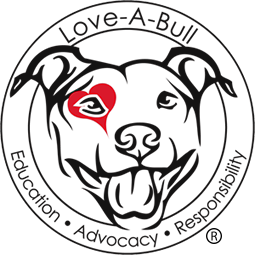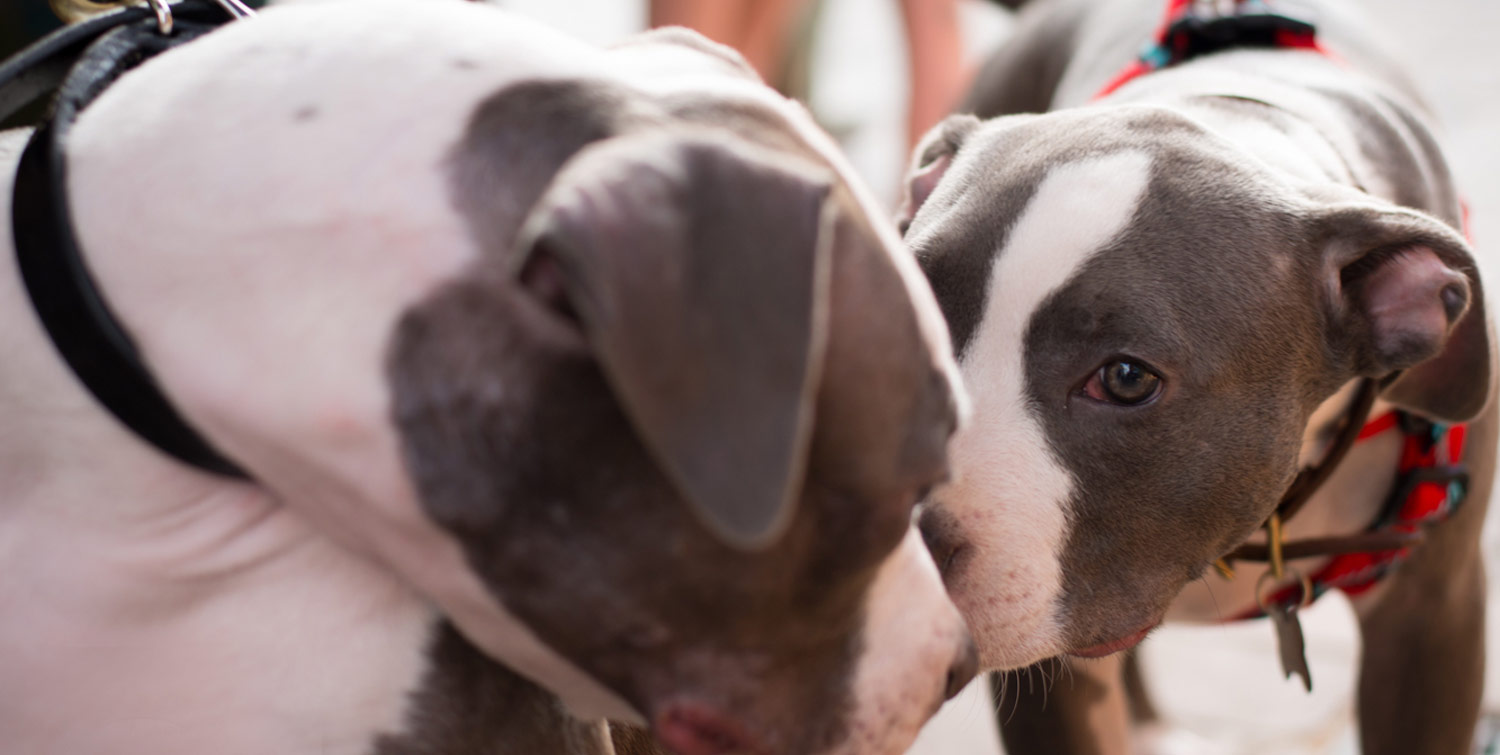If you are looking to re-home your dog, we have several tips for screening potential adopters, including how to interview, what to look for and how to set up an adoption contract to ensure your dog is going to a good home.
Interviewing Callers
“First come, first served” does not apply here. You are under no obligation to give your dog to the first person who says he wants him or her. You have every right to ask questions and choose the person you think will make the best new owner. Don’t let anyone rush you or intimidate you.
Have a note pad, paper and your list of requirements for your dog’s new home handy for when you do receive calls. You can compare the applicants’ answers and your requirements:
- Get the caller’s name, address, phone number and email. Ask for information that you can verify. Does the caller’s family know about and approve of their plans to get a dog? If not, suggest they talk it over and call you back. The same applies to people living with a companion or roommate. When one person adopts a dog without the full approval of the rest of the household, the adoption often fails.
- Do they own or rent their home? If renting, get the name and contact information of their landlord. You’d be surprised how many people haven’t checked with their landlord or apartment complex before contacting you. Verify yourself that the landlord or apartment complex does not have breed restrictions.
- Does the caller have children? How many and how old? How many children can make a difference, depending on your dog’s personality. If your dog isn’t good with kids, say so up front.
- Does the caller currently have dogs or other pets? How many? What kind? What are their personalities like? Obviously, if your dog isn’t good with cats or other animals and your applicant has them, the adoption’s not going to work.
- If the caller does not currently have dogs, have they had dogs before? If yes, where are they now? These are very important questions! How they treated the pets they’ve had in the past will tell you how they might treat your dog. The following answers should raise a red flag and urge you to dig a little deeper:
- “We gave him away”
- “I had to leave him/her with …”
- “I don’t have him/her now, but plan to get him/her back soon” The answers to these questions should not outright “disqualify” the caller as a potential adopter, but it will allow you some insight into their behavior as a pet owner.
- Do they have a yard? Is it fenced? If the yard isn’t fenced, ask how he plans to keep the dog from leaving his property. While a home w/out a yard shouldn’t “disqualify” the caller as a potential adopter, it would lead to a next question of “How will the caller keep the dog exercised?”
- Where will the dog be kept during the day? At night? When unsupervised?
- How will the potential adopter provide for the dog if they have to go out of town?
- Does the potential adopter have a current veterinarian they use? If you feel so inclined, you can call the vet they give as a reference check.
- Why is the caller interested in your dog, in particular? Did they like the look of the dog? The description on the flyer or ad? The personality?
Once you’ve asked these questions, you can move on to an in-person interview and meet-and-greet.
The In-Person Interview
Once you’ve chosen a family (or families) that you feel are good candidates, make an appointment for a meet-and-greet to allow them to see the dog. If they already have a dog, make plans to introduce the dogs on “neutral” territory, like a park. Signs of reactivity or aggression on the part of either dog should be taken seriously. Introductions should be done slowly — never allow any nose-to nose greetings.
The ideal dog-to-dog meeting occurs after a short walk with both dogs having their own space and then a nose-to-butt greeting. Again, signs of reactivity and aggression from either dog suggests that they may not be good housemates.
If the families do not have any other pets, then a meet-and-greet and home visit can be scheduled together. Going to the applicant’s house allows you to see what kind of environment your dog will be living in and will offer you the chance to give some feedback for improvement, if necessary (e.g., they have a hole in their fence, there household items such as kids’ toys they will need to make sure stay picked up and out of reach of the new dog).
If the family has children, ask for them to attend the meet-and-greet. You need to see how the dog will react to them and how the children treat the dog. Some allowance should be made for kids’ natural enthusiasm, but if children are undisciplined, disrespectful or cause your dog to be anxious or stressed, then this family may not be the right fit for your dog.
Follow your gut instincts. Do you like these people? Would you be comfortable having them as guests in your home? Would they make good friends? If not, don’t give them your dog. If something about them doesn’t seem quite right, even if you can’t explain what it is, don’t take a chance on your dog’s future. Wait for another family!
Saying Goodbye
After the meet-and-greets are over, give the new family that you’ve chosen a day or two to decide if they really want to adopt your dog. Make sure they have a chance to think over the commitment they’re making. While they’re deciding, get a package ready to send along with your dog.
This package should include:
- Your dog’s medical records, including microchip information, and the name, address and phone number of your current vet
- Your name, address and phone number (including new address, if you’re moving)
- Your dog’s toys and belongings (dog bed, blanket, etc.), a supply of dog food and special treats they love
- An instruction sheet on feeding, special needs, etc.
- Collar and leash
- Current ID and rabies tags
- If your dog is not neutered/spayed, and they are a breed that has AKC papers, do not release them until proof of surgery has been supplied
Set aside some special time for you and your dog to take a last walk together, spend some time playing together or even snuggling. Understandably, re-homing of a family pet can be incredibly traumatic for both the human and the dog. Try to get your emotions under control before drop-off so that your dog will have a good start to acclimating in its new home.
There are some things you need to explain to the new family before they take your dog home:
- The dog will go through an adjustment period as he gets to know his new people, learns new rules and takes in a new environment. Most dogs adjust within a few days, but others may take longer — weeks or even a couple of months.
- During the adjustment period, they should avoid forcing the dog to do anything stressful (taking a bath, obedience training classes, meeting too many strangers and/or dogs at once, etc.).
- Suggest that they take things easy at first and give the dog time to bond to them. Keep the home environment calm and quiet for the first couple of weeks. The dog might not eat for the first day or two. Not to worry — he’ll eat when he’s ready.
- Some dogs temporarily forget their training. A well-housebroken dog may have an accident during the first day in his new home. This isn’t unusual and rarely happens more than once.
- They may think about investing in a crate (if not provided) so that their new dog has a safe place to go when unsupervised and/or when he starts to feel anxious.
Dog Adoption Paperwork
Have the new owner sign an adoption contract with a waiver of liability. A contract will help to protect the dog and the waiver of liability helps to protect you. You don’t have a crystal ball to predict what your dog might do in the future. Remember — a waiver of liability will not protect you if you have lied or misrepresented the dog to his new owners. Keep a copy for your records.
You may also want to provide them with instructions on changing over the microchip contact information. They can change the contact information to themselves, but leave you as an alternate contact in case for any reason they cannot be reached, you are still available.
Let the family know you’d like to keep in touch and will follow up with them in the next few days to see how things are going. Assure them that if they have any questions or concerns they can reach out to you for help and guidance. Also, let the family know that if they feel that the adoption won’t work out, you are willing to take the dog back.
[Content adapted from Pit Bull Rescue Central: Screening Potential Homes]

